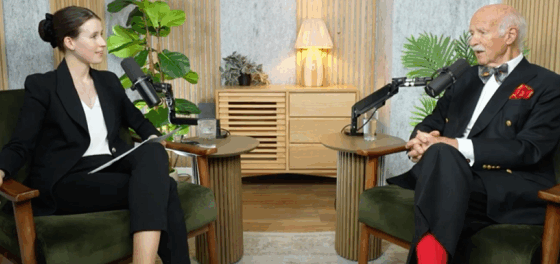
The hospitality sector, much like the broader global economy, continues to experience significant fluctuations. Such fluidity makes it crucial to stay informed about the evolving trends and key factors shaping the industry’s economic landscape.
Top-Line Good, Bottom-Line Bad
One of the central themes is the ongoing struggle between revenue growth and rising expenses. Though inflation is something that can be managed in an industry that adjusts rates daily, it’s clear that present growth in room revenue is being driven primarily by increases in average daily rate (ADR) as occupancy remains below pre-pandemic levels. Unfortunately, this limited revenue growth is compounded by rising costs of insurance, taxes and other operational expenses, which continue to erode profitability.
Many operators find it increasingly difficult to maintain margins with wage growth outpacing revenue growth. The wage issue is now politically charged and front and center in several key markets as evidenced by worker strikes, such as the one that fell over last Labor Day weekend.
While top-line numbers might look promising, they don’t necessarily translate into stronger profit margins. The bottom line: bottom lines are feeling the pressure. Maintaining a strong focus on sales, upholding standards and exercising tight controls will be more important than ever. These factors highlight the need for more innovative approaches to cost management and operational efficiency.
Travel Patterns Shift
There are several significant shifts in travel behavior. First, one-night stays have declined in the midscale and economy sectors. Travelers are increasingly opting for longer stays, which could be a response to remote work flexibility or a shift in travel preferences. Second, international travel remains lower than pre-pandemic levels due to ongoing restrictions, geopolitical tensions and shifting traveler sentiments. This reduction in international visitors, who typically spend more than domestic travelers, is a significant challenge. Third, corporate travel has not and may not return to its 2019 strength. The shift toward virtual meetings and a more flexible work environment has led to a slower recovery, directly impacting hotel bookings in urban centers and business hubs.
These shifts are reshaping business models and forcing the industry to rethink how it approaches occupancy and revenue generation. It’s becoming increasingly important to diversify revenue streams and find new ways to attract guests, whether through enhanced amenities, unique experiences or targeted marketing efforts.
Flexibility in Standards: A Lifeline or a Crutch?
Major lodging companies have adjusted their standards to support owners during these challenging times. This flexibility has been a lifeline for many, allowing hotels to operate with reduced services or adjusted standards. The potential downside of prolonged flexibility is that it could set new expectations among guests, who may come to expect these lower standards as the norm. This will likely all be changing soon as forbearance and delays regarding brand-standard renovations are unlikely to continue.
The conversion of offices into hotels is a trend that’s gaining traction as more office buildings struggle with occupancy. With remote work becoming more entrenched, many urban centers are facing a surplus of office space. These conversions can provide access to high barrier-to-entry areas, but they also require a careful analysis of floor plates and an understanding of the operational versus cost implications. It’s not a one-size-fits-all solution, but for the right properties, in the right location, it could be a game-changer.
Opportunities In Challenge
Despite the challenges the industry currently faces, opportunities exist in every market condition. Investors are increasingly focused on yield with a keen eye on replacement costs. In an environment where new-build projects are difficult to pencil, there is a pool of buyers seeking value-add prospects, whether through management changes, renovations or repositioning existing assets.
The cost of capital remains a critical factor in decision-making, influencing everything from new developments to property acquisitions. The bid-ask spread persists as transaction activity dropped in 2023 with 2024 witnessing further declines. While there’s hope for an easing of interest rates, it is unlikely that minor cuts will have a significant impact. Instead, the focus should be on leveraging current conditions to find and capitalize on opportunities.
“People will always want experiences.” This sentiment rings true in 2024 and beyond. Despite economic pressures, the demand for unique and memorable travel remains strong and ample opportunities abound for growth and innovation within the hospitality sector.
Story contributed by Michael P. Hunter, director, Integra Realty Resources.






